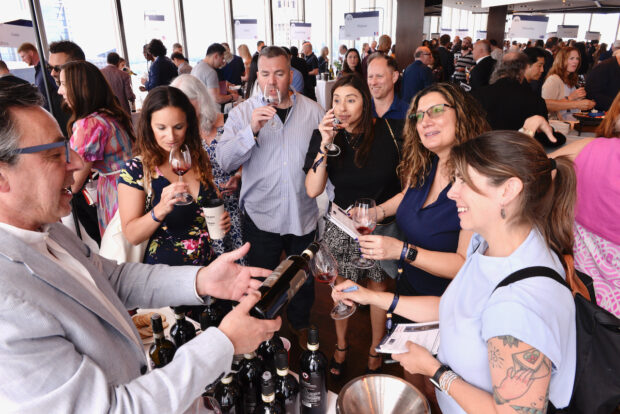drink soon
An above average vintage with a number of good wines
Weather Conditions
The winter of 1988/9 was very cold, dry and frosty – one of the driest of the century. There were heavy frosts at the end of November which affected some of the vines, causing an irregular budding the following spring: Viura was worst hit, with some damage to Tempranillo and less to Garnacha vines. Spring, by contrast, was very warm with the vines developing early and setting taking place in Rioja Baja in the first week of June, with the rest of the region following suit in the next two weeks. The summer was hot but, as so often, afflicted by hailstorms over quite wide areas of Rioja Alta and more localised parts of Rioja Alavesa. However, by the end of summer the vines were estimated to be two weeks in front of a normal year in development terms. The vintage started in Rioja Baja on 6th September and by the 30th the whole region was picking. It was completed by the 29th October.
Best Appellations
Rioja Baja suffered least from the early weather conditions.
Best Producers
Contino, Luís Cañas, Martínez Bujanda, and Amézola de la Mora reported significantly better wines than the average, with El Coto dissetning. However, 5% of the harvest went into Gran Reserva wines.







